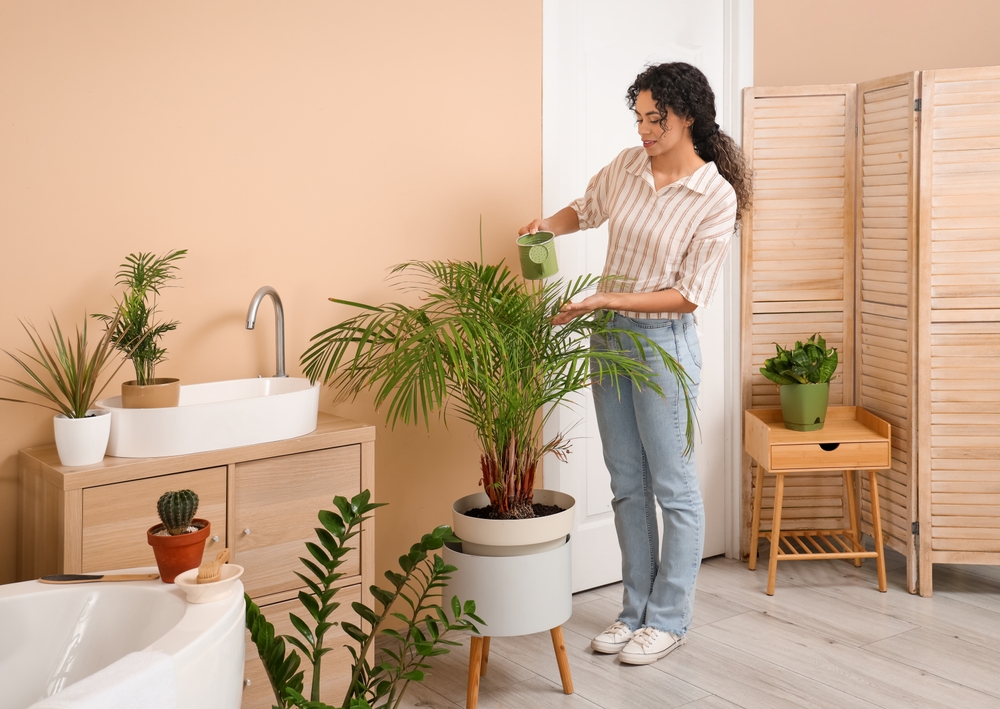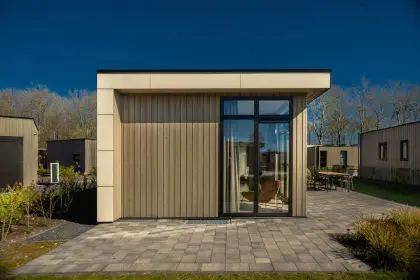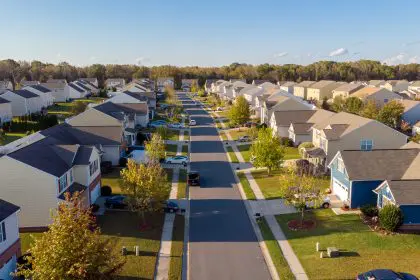Before diving into specific upgrades, it’s important to understand the benefits of making your home more eco-friendly. Embracing sustainable living practices can:
- Reduce your carbon footprint
- Lower utility bills
- Improve indoor air quality
- Increase the value of your home
- Contribute to a healthier environment for future generations
Energy-efficient appliances
One of the most effective ways to reduce your home’s energy consumption is by upgrading to energy-efficient appliances. Look for the ENERGY STAR label when purchasing new appliances such as refrigerators, washing machines, and dishwashers. These appliances are designed to use less energy and water without sacrificing performance.
Benefits of energy-efficient appliances
- Significant reduction in energy bills
- Lower water consumption
- Enhanced performance and longer lifespan
- Reduced greenhouse gas emissions
Solar panels: Harnessing the power of the sun
Installing solar panels is a major step toward achieving a greener home. Solar panels convert sunlight into electricity, providing a renewable and sustainable energy source. While the initial investment can be high, the long-term savings and environmental benefits are substantial.
Advantages of solar panels
- Drastically reduced electricity bills
- Potential to earn money through surplus energy production
- Increased property value
- Independence from the grid and protection against rising energy costs
Insulation and weatherproofing
Proper insulation and weatherproofing are crucial for maintaining a comfortable indoor temperature and reducing energy consumption. Insulating your home minimizes heat loss in the winter and keeps it cooler in the summer, reducing the need for heating and cooling systems.
Types of insulation
- Fiberglass: cost-effective and widely used
- Cellulose: made from recycled paper, offering a green option
- Spray foam: excellent for sealing gaps and cracks
Weatherproofing measures, such as sealing windows and doors, further enhance your home’s energy efficiency by preventing drafts and heat loss.
Water conservation solutions
Water conservation is another key aspect of an eco-friendly home. Implementing water-saving measures can significantly reduce your water usage and lower your utility bills.
Water-saving upgrades
- Low-flow fixtures: install low-flow showerheads, faucets, and toilets to reduce water consumption without compromising performance.
- Rainwater harvesting: collect and store rainwater for irrigation and other non-potable uses.
- Greywater systems: reuse wastewater from sinks, showers, and washing machines for landscaping and toilet flushing.
Sustainable landscaping
Your home’s exterior plays a vital role in its overall eco-friendliness. Sustainable landscaping practices can enhance your property’s aesthetic appeal while promoting environmental health.
Eco-friendly landscaping tips
- Native plants: choose native plants that require less water and maintenance.
- Xeriscaping: design your landscape to reduce or eliminate the need for irrigation.
- Composting: create a composting system to recycle organic waste and enrich your soil naturally.
Green building materials
When renovating or building a new home, opt for sustainable building materials. These materials are often more durable, healthier, and environmentally friendly.
Examples of green building materials
- Bamboo: a fast-growing, renewable resource used for flooring and cabinetry.
- Recycled materials: utilize recycled steel, glass, and plastic in construction projects.
- Low-VOC paints: choose paints with low volatile organic compounds to improve indoor air quality.
Smart home technology
Integrating smart home technology can further enhance your home’s energy efficiency and sustainability. Smart devices allow you to monitor and control energy usage, ensuring optimal performance and minimizing waste.
Smart home devices
- Smart thermostats: adjust heating and cooling based on your schedule and preferences.
- Smart lighting: use motion sensors and timers to reduce energy consumption.
- Smart plugs: monitor and control the energy usage of individual appliances.
Renewable energy sources
Beyond solar panels, there are other renewable energy sources you can consider for your home.
Additional renewable energy options
- Wind turbines: suitable for homes in windy areas, generating electricity from wind power.
- Geothermal systems: utilize the Earth’s natural heat for heating and cooling.
Conclusion: Embrace a greener lifestyle
Transitioning to an eco-friendly home involves various upgrades and lifestyle changes. By implementing these upgrades, you can significantly reduce your environmental impact, save money, and create a healthier living environment for yourself and future generations. Embrace the challenge of transforming your home into a green haven and enjoy the myriad benefits of sustainable living.
This story was created using AI technology.
















